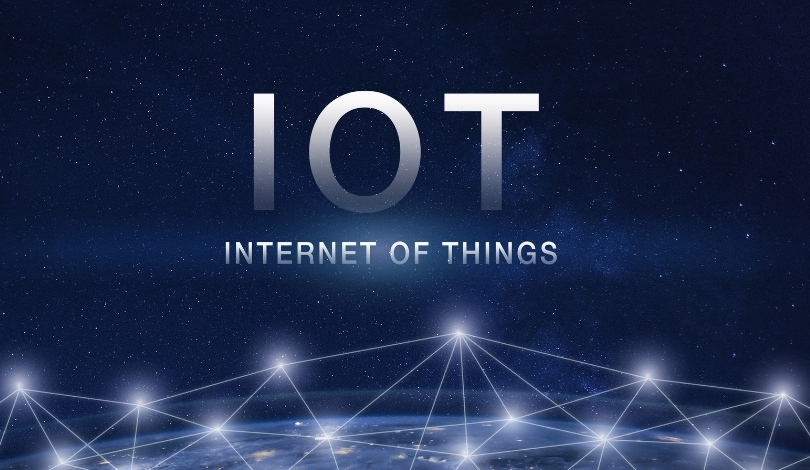Advancements in vehicle communication technology were showcased by LG Electronics at the 5G Automotive Association (5GAA) conference in Paris. As urban areas become saturated, rural and remote regions present new opportunities and challenges for connectivity. Focusing on satellite technology, LG aims to bolster communication in areas lacking traditional terrestrial networks, paving the way for innovative solutions in vehicular communication.
LG has consistently shown its dedication to advancing mobility technologies. Earlier achievements include collaborations with automotive giants in enhancing in-vehicle infotainment systems. This recent satellite-focused initiative deviates slightly, offering entirely new potential for ensuring communication where it was previously impossible. While past efforts were primarily grounded in terrestrial technologies, LG’s exploration of satellite infrastructures demonstrates a broader vision for connected mobility.
What Advances Did LG Present?
During the conference, the highlight was a live demonstration of LG’s Internet of Things – Non-Terrestrial Networks (IoT-NTN) technology. The system facilitated uninterrupted voice communication via satellite, integral for situations where traditional networks are unreliable. By transforming how vehicles communicate, the technology can be leveraged in remote or emergency situations. Vehicles equipped with IoT-NTN are now capable of real-time voice exchanges, highlighting LG’s commitment to connecting vehicles outside typical network coverage zones.
Why Is IoT-NTN Important?
IoT-NTN’s importance stems from its ability to integrate satellite with high-altitude platforms, ensuring that even the most remote environments are connected. This system is vital for areas where terrestrial networks fail, such as deserts and oceans, as well as in emergency scenarios. By embedding AI-powered voice compression, IoT-NTN surmounts previous data transmission barriers, extending beyond simple messaging to enable robust voice communication. This development may alter how we perceive navigation and communication in less accessible regions.
Who Benefits From This Technology?
LG’s innovation benefits individuals and industries operating in hard-to-reach locations. Remote workers, adventurers, and rescue teams stand to gain significantly from this technology, as it provides reliable connectivity where traditional methods falter. This extends to multinational corporations and automotive manufacturers prioritizing innovative and reliable communication channels. The implementation of IoT-NTN signifies a potential shift for car manufacturers in offering state-of-the-art communication technology integrated into new vehicles.
In adopting satellite-based communication systems, LG strengthens its position at the forefront of next-generation vehicle connectivity. This technology illustrates a commitment to providing seamless communication in various environments. Future trajectory discussions might center on expanding beyond emergency applications into mainstream vehicular communication, potentially offering consumers heightened connectivity. The broader ecosystem of automotive technology could see significant shifts if more industry players adopt similar satellite solutions. Such moves could redefine vehicle communication standards and inspire further industry-wide innovations.










